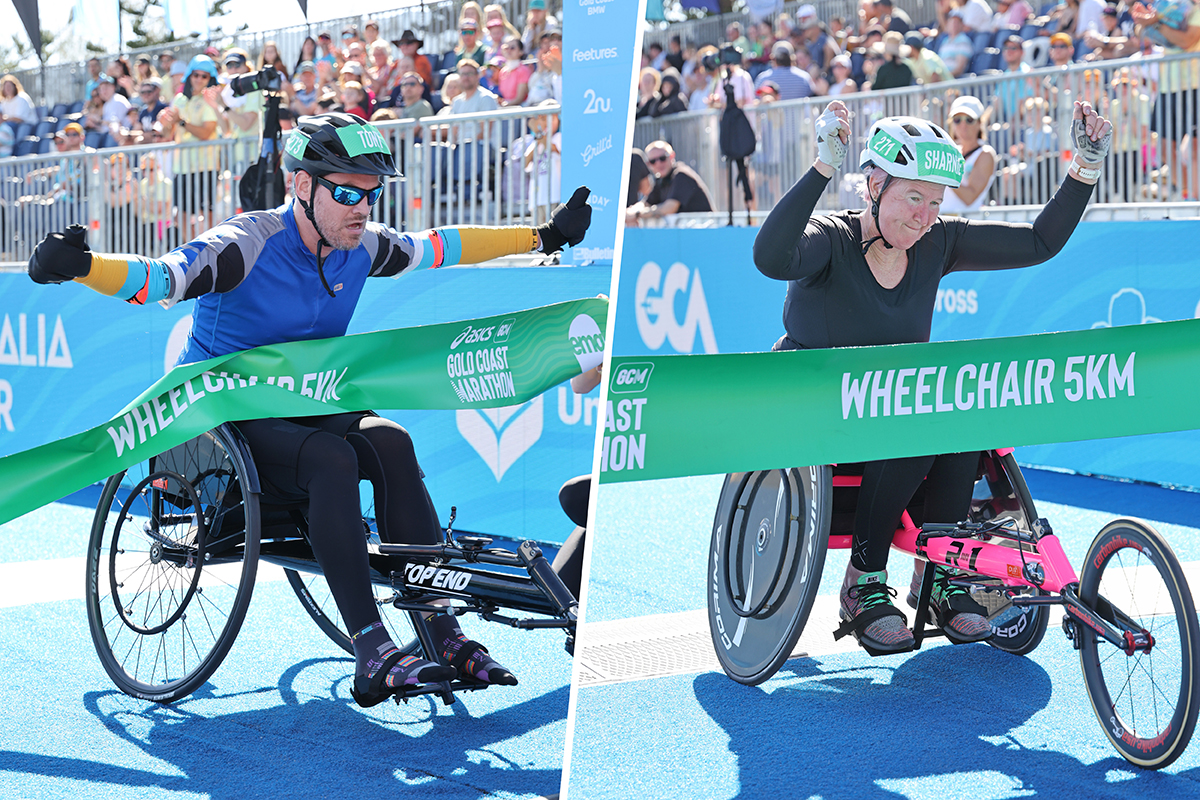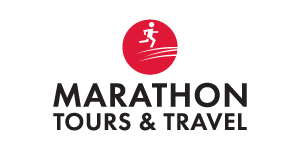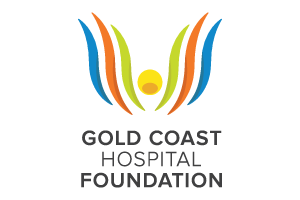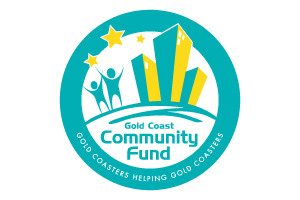In one of the most spectacular wheelchair race performances seen on the Gold Coast course, Victoria’s Sam Rizzo took the men’s 2025 Gold Coast Wheelchair...
Gold Coast Airport Marathon to host 2013 Australian Half Marathon Championships
The 2013 Australian Half Marathon Championships, sponsored by Gold Coast Airport, will be incorporated within the ASICS Half Marathon on Sunday 7 July.
The announcement was made today (Monday 27 May) by Events Management Queensland General Manager Cameron Hart and Athletics Australia Chief Executive Dallas O’Brien.
Each Australian State and Territory can nominate up to six male and six female competitors to take part in the Australian championship, with a maximum field of 48 men and 48 women.
$3000 total prize money is on offer and the winning male and female will be awarded with a Citizen watch courtesy of the event’s official timekeepers.
According to Mr Hart, Queensland and Australia have a proud history in half marathon competition.
“Queenslander and Gold Coast Airport Marathon race ambassador Pat Carroll still holds the Australian All-Comers record of 1:01:11 he set back in 1994 and his fellow Gold Coast race ambassador Steve Moneghetti won the 1989 Great North Run in the then-world’s best time of 1:00:34,” Mr Hart said.
“They have made this distance their own in the past and, fittingly, both will be on hand for the crowning of the 2013 champions,” he said.
Pat Carroll welcomed the event’s inclusion into the Gold Coast program.
“This will add a lot of prestige to the Gold Coast event and provide extra reason for the country’s elite runners to be involved this year,” Mr Carroll said.
“It’s been 21 years since (Kenyan) Benson Masya set his course record (1:01:16 in 1992), so it’s about time it was lowered.
“I’d encourage any of Australia’s elite distance runners to run on the Gold Coast. It’s a flat course that always provides a great opportunity for them to set a fast time,” he said.
Dallas O’Brien said the inclusion of the championship in the ASICS Half Marathon provides the perfectly-spaced program for 2013’s three non-stadia road running national titles.
The calendar sees the national 10km championship - the Launceston Ten - on 16th June, the ASICS Half Marathon on the Gold Coast on 7th July and the Blackmores Australian Marathon Championship in Sydney on 22nd September.
“Athletics Australia are very proud of the road running championship series we have developed through our Running Australia program, and we are excited to bring this state-versus-state event to the ASICS Half Marathon,” Mr O’Brien said.
“The Gold Coast Airport Marathon and its associated shorter course events combine to be one of the most successful recreational running events in the country, and its continued commitment to providing opportunities for elite athletes to compete highlights how the event will always have a reputation as something for athletes of all levels,” he said.
Earlier this year the Gold Coast Airport Marathon became the first Australian marathon race to attain the prestigious international designation – an International Association of Athletics Federations (IAAF) Road Race Bronze Label – putting it in esteemed company around the world.
The sport’s world governing body, the IAAF, annually awards IAAF Road Race Labels to only those marathons that meet criteria for excellence in the delivery of the race.
“The event attracts almost 30,000 people and to have our brand associated with it is a great thing,” Mr O’Brien said.
The Gold Coast Airport Marathon is a major highlight on Queensland’s event calendar, attracting people from more than 30 countries and showcasing the Gold Coast as a premier sporting event destination.
Last year the Marathon attracted a record 28,224 participants with 73 per cent of those from outside the Gold Coast region.
This year’s race program will feature the full 42.195km Gold Coast Airport Marathon, ASICS Half Marathon, Southern Cross University 10km Run, Suncorp Bank 5.7km Challenge and 4km and 2km Junior Dash races.
Runners and walkers also have the opportunity to dedicate their run and raise funds for the official charity Cancer Council Queensland or for a charity of their choice.
Entries for the 35th Gold Coast Airport Marathon are open.
For more information, or to enter, visit www.goldcoastmarathon.com.au.






























